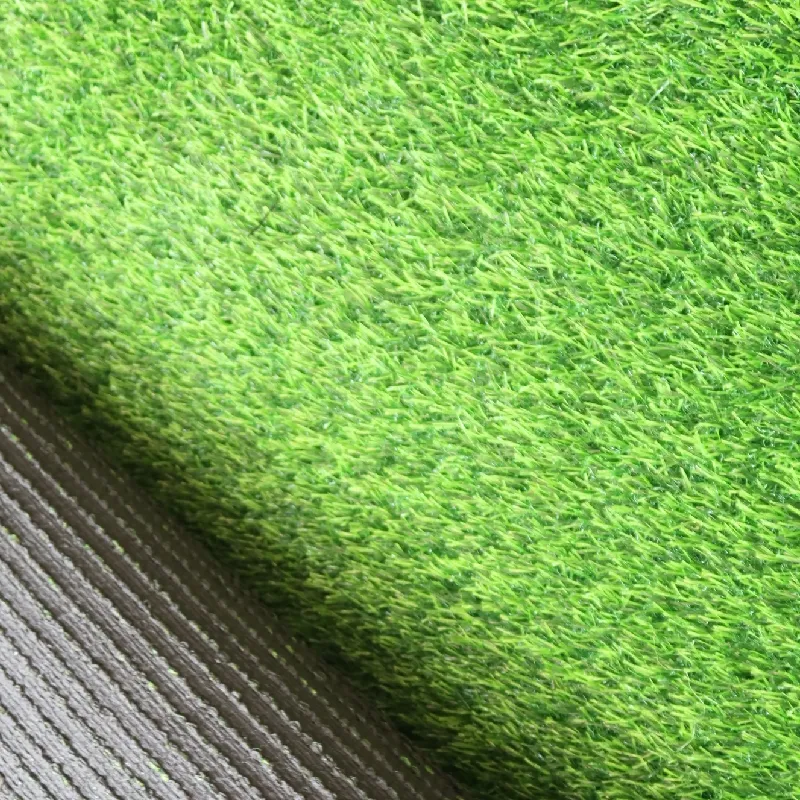
- Afrikaans
- Arabic
- Belarusian
- Bengali
- Czech
- Danish
- Dutch
- English
- Esperanto
- Estonian
- Finnish
- French
- German
- Greek
- Hindi
- Hungarian
- Icelandic
- Indonesian
- irish
- Italian
- Japanese
- kazakh
- Rwandese
- Korean
- Kyrgyz
- Lao
- Latin
- Latvian
- Malay
- Mongolian
- Myanmar
- Norwegian
- Persian
- Polish
- Portuguese
- Romanian
- Russian
- Serbian
- Spanish
- Swedish
- Tagalog
- Tajik
- Thai
- Turkish
- Turkmen
- Ukrainian
- Urdu
- Uighur
- Uzbek
- Vietnamese
artificial turf types
Dec . 11, 2024 11:25 Back to list
Understanding Different Types of Artificial Turf
Artificial turf, often recognized for its lush, green appearance and low maintenance properties, has revolutionized the way we think about sporting fields and recreational spaces. As the demand for consistent playing conditions and durability rises, various types of artificial turf have been developed to meet diverse needs. This article will explore the different types of artificial turf, their characteristics, and ideal applications.
1. Polyethylene Turf
Polyethylene turf is one of the most common types used in both residential and commercial settings. Known for its soft texture and realistic appearance, this type of turf mimics natural grass closely. It is made from polyethylene fibers that are durable and UV-resistant, ensuring longevity in outdoor conditions.
Applications Polyethylene turf is perfect for sports fields, recreational areas, and landscape projects. It is widely used in soccer fields, playgrounds, and home lawns, where safety and aesthetics are paramount. Its ability to withstand heavy foot traffic makes it an incredibly popular choice.
Polypropylene turf is another type of artificial grass, often used in budget-friendly applications. While it is less durable than polyethylene, it is lightweight and comes in a variety of colors, making it an excellent choice for decorative purposes. Polypropylene fibers are less resistant to UV rays, making this type of turf more suitable for indoor installations or shaded areas.
Applications This turf is commonly found in short-term installations or for specific events where aesthetics are prioritized over durability. It's often seen in exhibitions or for temporary sporting events, providing an attractive surface without the long-term commitment.
3. Nylon Turf
Nylon turf is known for its strength and resilience, making it the ideal choice for high-traffic areas. Outperforming other types in terms of durability, nylon can withstand significant wear and tear, making it suitable for various sports surfaces. While it is generally more expensive, its long-lasting nature can justify the cost.
artificial turf types

Applications Nylon turf is best suited for sports fields that require a strong, durable surface, such as football, rugby, and tennis courts. Its ability to handle both heat and cold makes it a reliable option for locations with varying climates.
4. Infill Options
When discussing artificial turf, it is essential to consider infill options that complement the grass fibers. Common infill materials include crumb rubber, sand, or a combination of both. These infills provide additional stability, enhance drainage, and improve the overall feel of the turf underfoot.
- Crumb Rubber This infill is made from recycled tires and is widely used for sports applications due to its shock-absorbing characteristics. It helps reduce injuries by providing a cushion during falls and impacts. - Sand This is often used in residential applications where light foot traffic is expected. Sand infill is more environmentally friendly and can help maintain the appearance of the turf.
5. Hybrid Turf
Hybrid turf combines both natural and synthetic components. This innovation involves planting natural grass with synthetic fibers interwoven throughout the surface. The blend allows for a more natural look and feel while providing enhanced durability.
Applications Hybrid turf is commonly installed in professional sports stadiums and golf courses, where maintaining top-quality grass is essential. The artificial fibers enhance drainage and reduce the high maintenance required for natural grass.
Conclusion
Selecting the right type of artificial turf largely depends on its intended use, budget, and aesthetic preferences. From the lush, lifelike feel of polyethylene turf to the robust durability of nylon, there is an artificial grass type to meet nearly every requirement. As technology continues to advance, innovations in synthetic turf will likely provide even more options for various applications, ensuring that athletes and homeowners can enjoy beautiful, functional green spaces for years to come. Whether you’re upgrading a sports facility or simply enhancing your backyard, understanding the different types of artificial turf can help you make an informed choice tailored to your needs.
-
The Benefits of Artificial Turf for Indoors
NewsJul.15,2025
-
How Artificial Grass Suppliers Ensure Quality Products
NewsJul.15,2025
-
Artificial Grass and Pets: A Space for Relaxation
NewsJul.08,2025
-
Balcony & Outdoor Decoration with Artificial Grass
NewsJul.08,2025
-
Best Indoor Artificial Grass for Home
NewsJul.07,2025
-
Best Pet Turf for Dogs: Safe & Durable Artificial Grass Options
NewsJul.07,2025
Products categories









